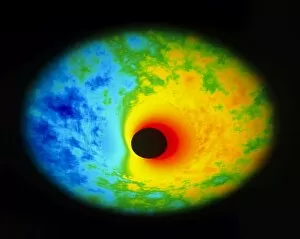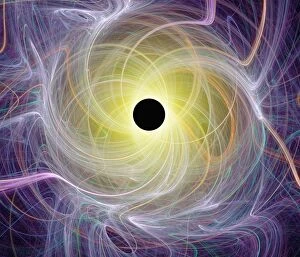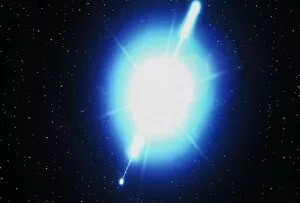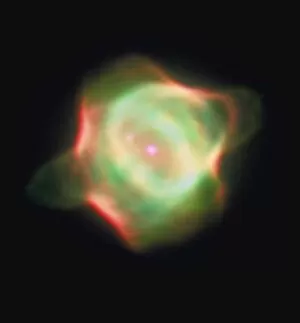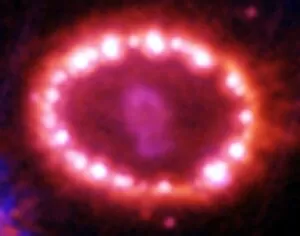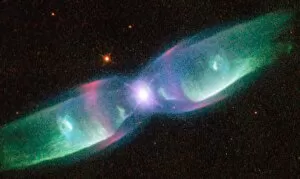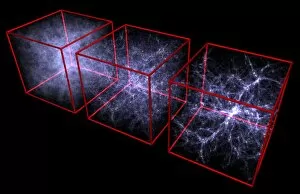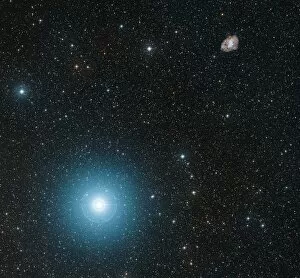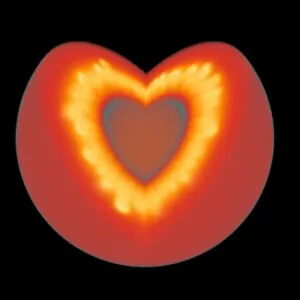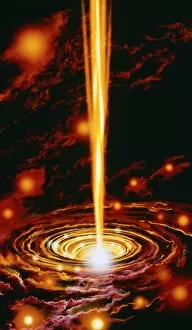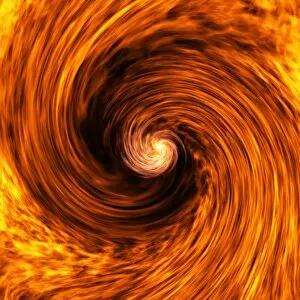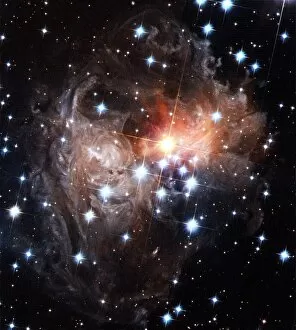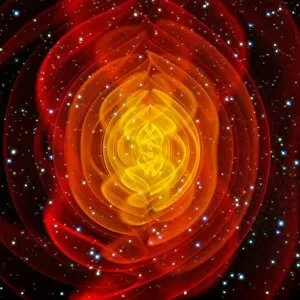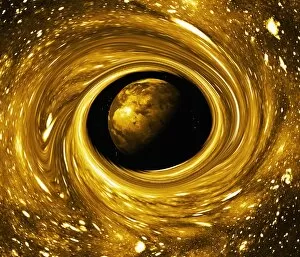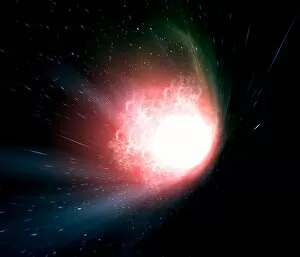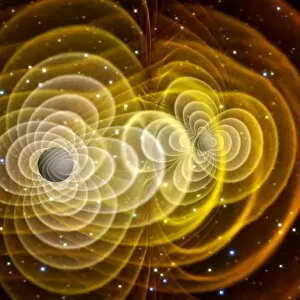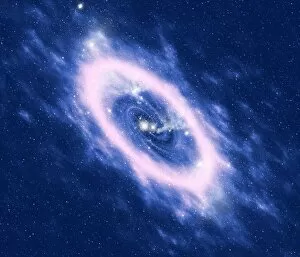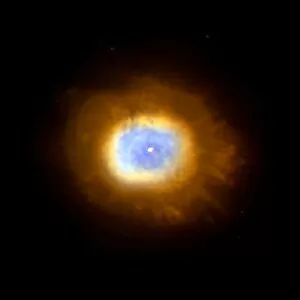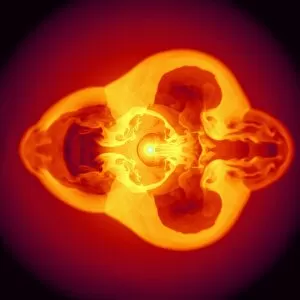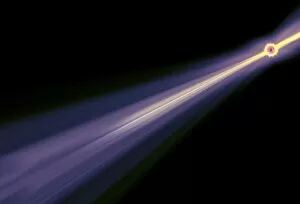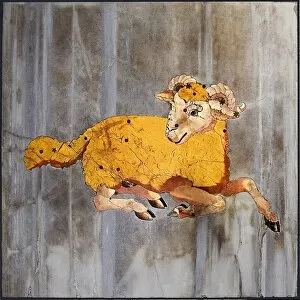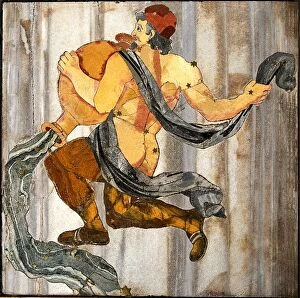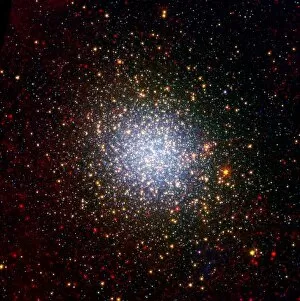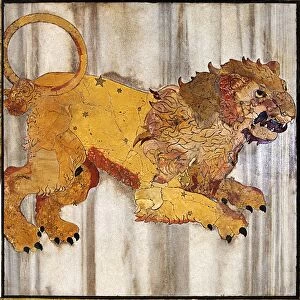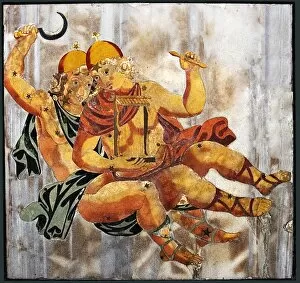Stellar Collection (#39)
"Exploring the Celestial Symphony: A Stellar Journey through the Night Sky" Embark on a captivating celestial journey as we delve into the wonders of our vast universe
For sale as Licensed Images
Choose your image, Select your licence and Download the media
"Exploring the Celestial Symphony: A Stellar Journey through the Night Sky" Embark on a captivating celestial journey as we delve into the wonders of our vast universe. From the enchanting Plough asterism in Ursa Major to the mesmerizing Orion's Belt, each stellar hint unveils a breathtaking spectacle that leaves us in awe. Gaze upon the ethereal beauty of the Orion Nebula, an interstellar nursery where stars are born, illuminating our cosmic tapestry with their radiant glow. As we venture further, Cygnus and Lyra constellations grace our view, their intricate patterns weaving tales of ancient mythology across time and space. Witness the enigmatic Crab Nebula (M1), its remnants from a supernova explosion centuries ago still shimmering with celestial energy. Through an optical photo enhanced by a star filter, Sirius emerges as a dazzling beacon amidst countless others, casting its brilliance upon our earthly realm. The Scorpius constellation beckons us closer with its scorpion-shaped formation, reminding us of nature's delicate balance between beauty and danger. In another composite image of the Crab Nebula, layers of cosmic artistry blend seamlessly to create an otherworldly masterpiece that captivates even the most discerning eye. An optical image captures Sirius once more; its luminosity transcending mere pixels to evoke wonder within our souls. Behold an artist's rendition of a supernova explosion - an explosive display that marks both endings and beginnings in this grand cosmic symphony. Immerse yourself beneath Nepal's Pharilapche Peak as Sirius joins forces with Orion and Aldebaran to paint a celestial canvas above us. The sheer magnitude of M16 - The Eagle Nebula in Serpens - unfolds before our eyes like wings unfurling against infinite darkness. In this exploration through space and time, we find ourselves humbled by these stellar marvels that remind us just how small we are in the grand scheme of the universe.

